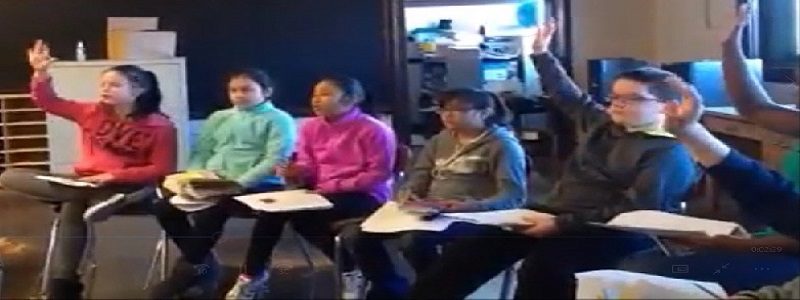
An Argument-Centered Seminar in Action
At James Otis Middle School (a rising neighborhood school on Chicago’s near-northwest side), teacher colleagues Kellye Galvan and Peter Simpson — model veterans, committed to constant professional improvement, who could not care more about their students’ academic growth — recently conducted an argument-based seminar to culminate her Roald Dahl’s The Witches unit in their English language arts curriculum. The debatable issue for the seminar, and one of the debatable issues for the unit, was:
The narrator in The Witches is actually better off as a mouse than as a boy.
She used the argument-based small group discussion questions (posted on the link above) to analyze passages from The Witches to prepare.
The teachers also accessed our seminar and discussion rubric and grading form.
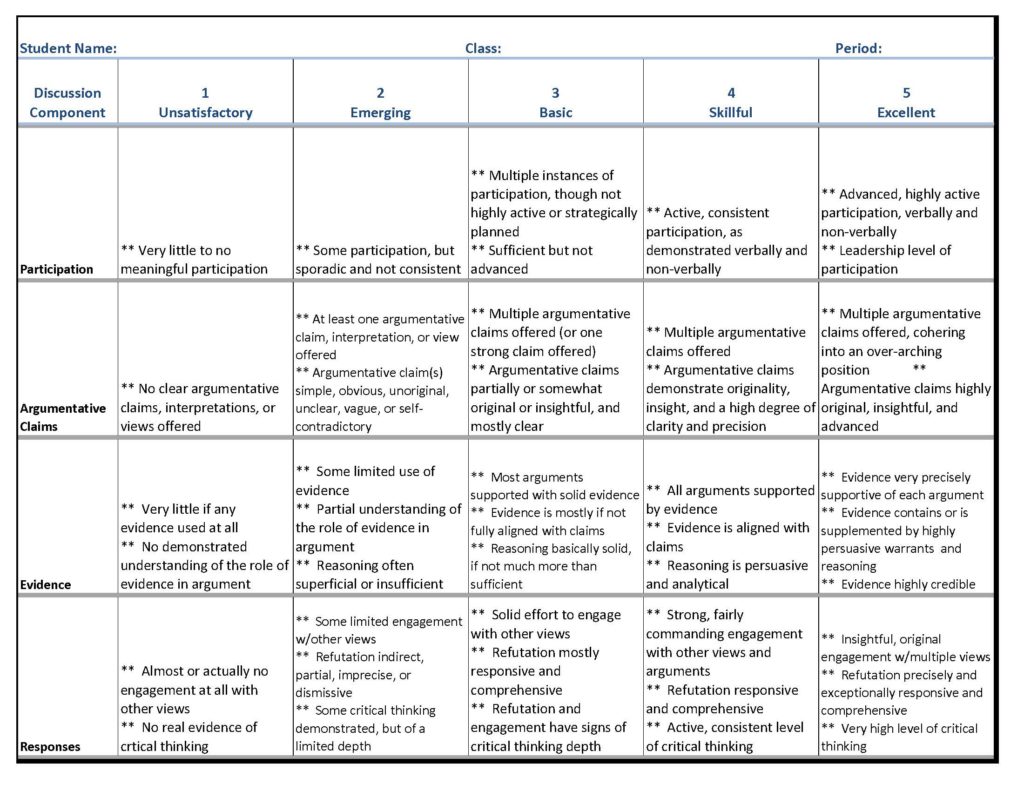
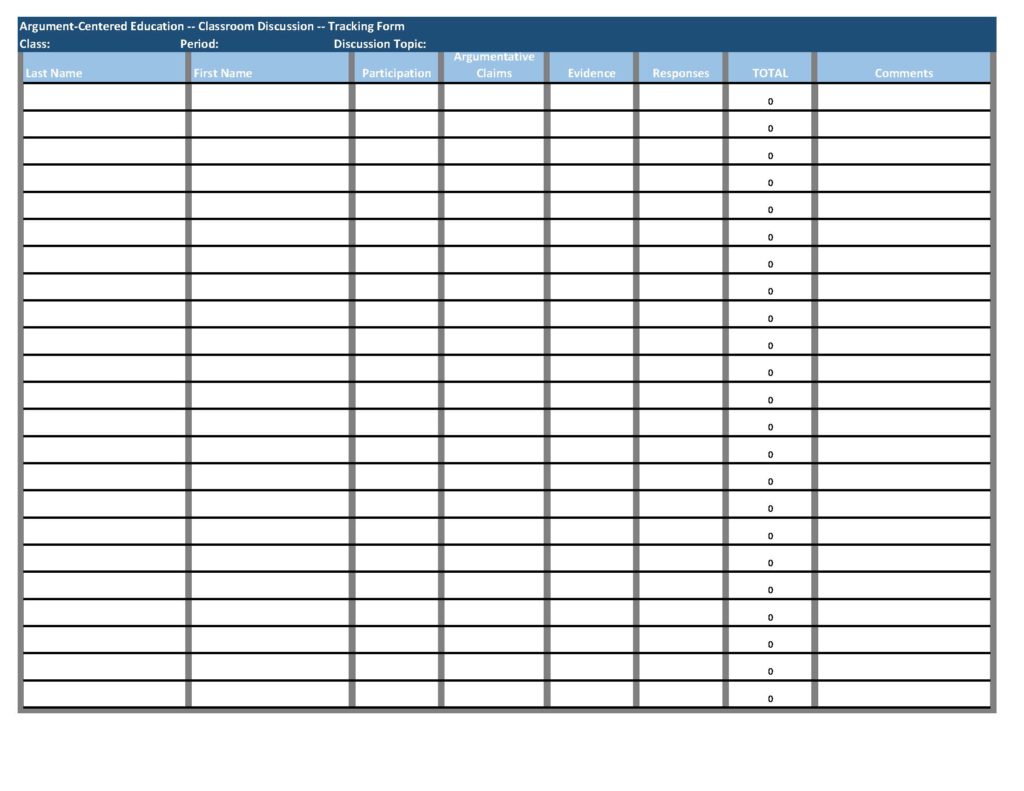
We took some video from one of the seminars. In the first clip, students are making arguments and responding to arguments, mainly on the question over whether the Witches‘ narrator’s quality of life is better as a mouse than as a boy (he is permanently turned into a mouse half-way through the novel by the Grand High Witch, and he spends a fair amount of the rest of the book ruminating on the changes to his condition).
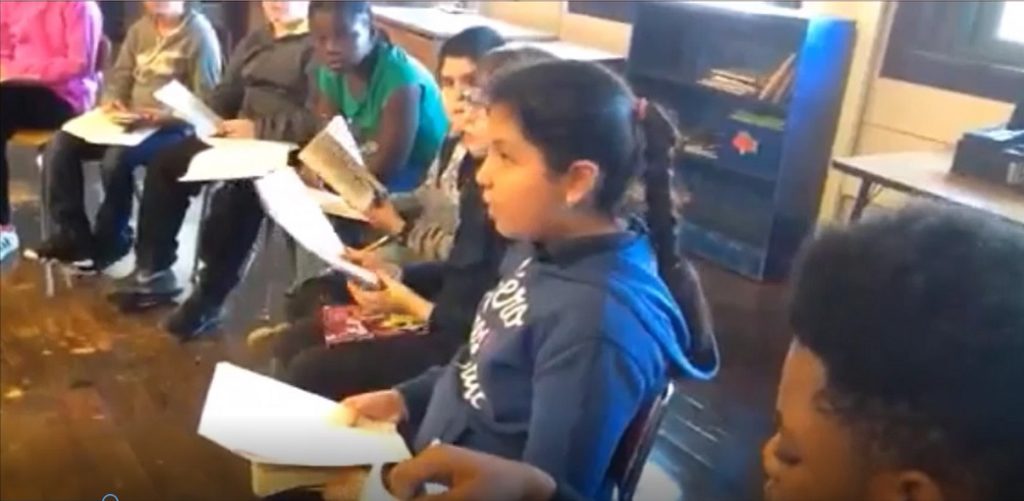
In this next clip, arguments revolve around the narrator’s bodily safety and longevity as a mouse versus as a boy.
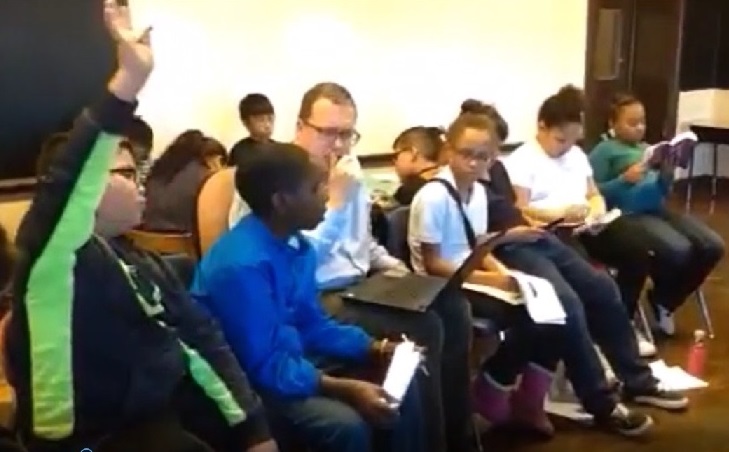
Despite the spotty sound quality (we’ll try to improve that some next time), what you’ll see if you watch the clips is a classroom of middle school students who are:
- Almost all thoroughly engaged in academic speaking and listening
- Focused on evidence from the text: almost all of the passages in the activity were cited, and some students drew on evidence from the rest of the novel too
- Conducting sophisticated interpretive reasoning (they were making sense out of how passages from the text supported or opposed interpretive readings)
- Engaged with each others’ arguments, with many of them directly refuting or “agreeing with a difference” an argument another student made
- In my modeling of the moderating role of the teacher, I was careful not to comment on every student’s ideas. I tried to crystallize, put into focus, and underscore how students were (or were not) addressing each other’s arguments, and using textual support in doing so. These are the two academic foundations of argument-centered pedagogy.
- Students can do more to summarize the person’s argument that they are responding to before responding. This will be a next stage, growth objective. Summarizing in this way extends and in a sense slows the seminar, but to positive effect: students have to carefully think about and accurately repeat and condense a point before responding to it. This helps ensure that their response is both direct, aligned, and critical.
- It was important — as kind of a significant footnote — to conduct the seminar in a circle of chairs. In a seminar, this formation isn’t trivial, but rather it helps keep everyone equal and engaged with each other.
- Ms. Galvan, Mr. Simpson, and I agreed that when we have instructional successes we should be careful not to waste the momentum that they can generate, the self-efficacy that they build in students, and the realized and experienced model of academic success that they leave with every child in the room. We should take full advantage of our successes — repeating elements of the activity that worked, learning from what our kids respond to and can attain, keeping the positive mojo going.


